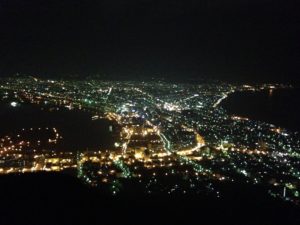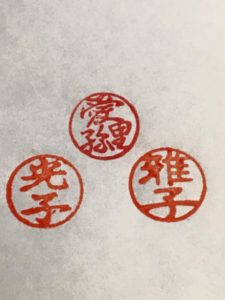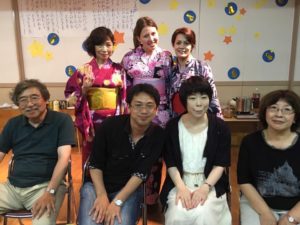June 25, 2016
Despite my energy in my last post, I am having trouble with the difficultly of the program. Last week, I even had to sit down and remind myself of all the hard work that I did to ultimately get that point in time to keep myself from quitting. Pathetic, right? A number of circumstances out of my control had made me convince myself that I was a victim. The textbook we are using is not what I expected, the curriculum is different than what I am used to, I do not have time to make friends here or to enjoy my time abroad because of the difficult work, etc. Ridiculous stuff like that.
To fight these thoughts, I had to put serious effort into self-reflection. What were my goals? Why did I come to Japan? What are my real priorities and why are these (somewhat) self-erected barriers holding me back and distracting me? Even as a student at the University of Notre Dame who is no stranger to difficult work, I had great trouble working out these issues. Eventually I realized that, as a successful student, I often lose myself in whatever my mind is set on at the moment, regardless of its importance to my overall goal. And, thus, I found that perfectionism was restricting my success.
After I put those thoughts of victimhood to rest, I was able to improve my test grades, enjoy spending time with other students, and genuinely improve my Japanese ability. While important, the pursuit of knowledge and the betterment of oneself is hardly the peak of the hierarchy of ordered desire. This is, in fact, one’s unity with the will of God. Through my reflection, I discovered that, in my frantic scramble to do well in the program, I had allowed my prayer life to fall by the wayside. As soon as I realized this, I made an attempt to pray the rosary as often as I could. Who knew the solution was so simple? The second I shifted my priorities, I began to improve my ability and worry less. And the best part is that this time of struggle has taught me an extremely important lesson about prayer and its importance. I pray that I can remember this time in my life if my prayer life ever seems unimportant in the future.
In a few weeks, I will be moving to my next host family’s house. Hopefully it will bring more wonderful people and experiences into my life.
Anyway, here’s a picture of many of my classmates:
https://www.facebook.com/photo.php?fbid=1191346630910620&set=gm.511522755710862&type=3&theater







